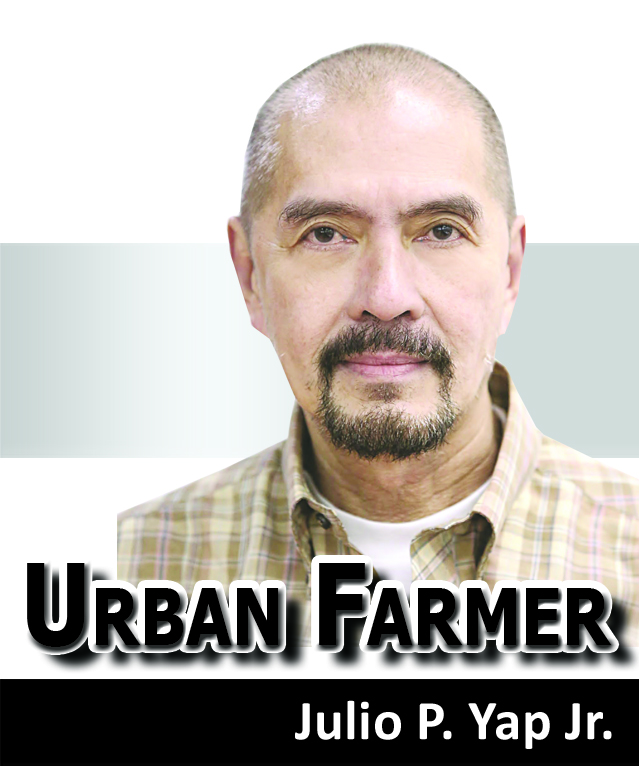 FARM productivity can be enhanced with the use of appropriate, cost-effective, and modern agricultural machinery and equipment.
FARM productivity can be enhanced with the use of appropriate, cost-effective, and modern agricultural machinery and equipment.
Food security in the country can also be achieved with farm mechanization, which can also increase the income of the farmers.
Aside from improving production efficiency, mechanization also encourages large-scale production, and help in achieving an improved quality of the farm produce.
For agripreneur Jonas del Rosario of Purok 2 in Barangay Sta. Rita, Quezon, Nueva Ecija, farm mechanization has significantly lowered the cost of labor, particularly for labor-intensive crops like rice.
During a recent visit to his farm in Nueva Ecija, Del Rosario says he was able to realize that farming became profitable after acquiring a line of various farm machinery from Kubota Philippines, Inc. (KPI) like the SR-K800PH Automatic Seeder, and NSPU-68CMD Rice Transplanter.
Following the development he has achieved in utilizing the said farm machinery, Del Rosario’s DR1 Farmtech Services has been recognized by the KPI as the 1st Mechanized Seedling Center in the Philippines recently.
Increasing the levels of farm mechanization will not necessarily mean the need for bigger investments in farm machinery and equipment, adding that the return of investment can be achieved in a little over 3 years.
With farm mechanization, farmers are not only lowering the losses on production and postharvest, but can also help in achieving sustainability and efficiency.
Today, farm mechanization plays a vital role in the country.
In principle, sustainable mechanization is the process of presenting the right machinery to the farmers in order to assure that their production is not only more sustainable but become more efficient in cultivating their crops.
In particular, Del Rosario cited the benefits of the automatic seeder, and the rice transplanter, saying that he was able to save a considerable amount of resources, at the same time, saved efforts in cultivating his own farm in Sta. Rita.
For seed requirements alone, Del Rosario was able to save at least 60 percent of the required volume of seeds to plant a hectare of land, aside from the savings for the purchase of other inputs like pesticides, fertilizers, and other needs, by using the seeder and transplanter.
Through the automatic seeder, which can perform tasks at the same time, like bed soiling, watering, seeding and covering, they can produce between 400 and 800 trays per hour, against the 50 to 100 trays per hour by manual seeding.
For using a rice transplanter, the spaces between hills can become more even due to the equipment’s seedling carrying capacity, hill spacing, and planting depth control mechanisms which are all adjustable to conform to the requirements of the farmers.
With the traditional farmers’ practice of transplanting on a one-hectare riceland, a farmer owner will need the services of at least 10 farmers, and will usually take them to complete the task in about 2 to 3 days.
But with the rice transplanter that can be operated by two to three persons only, the task can be done in just about 5 hours. (jaypeeyap@ymail.com/PN)






